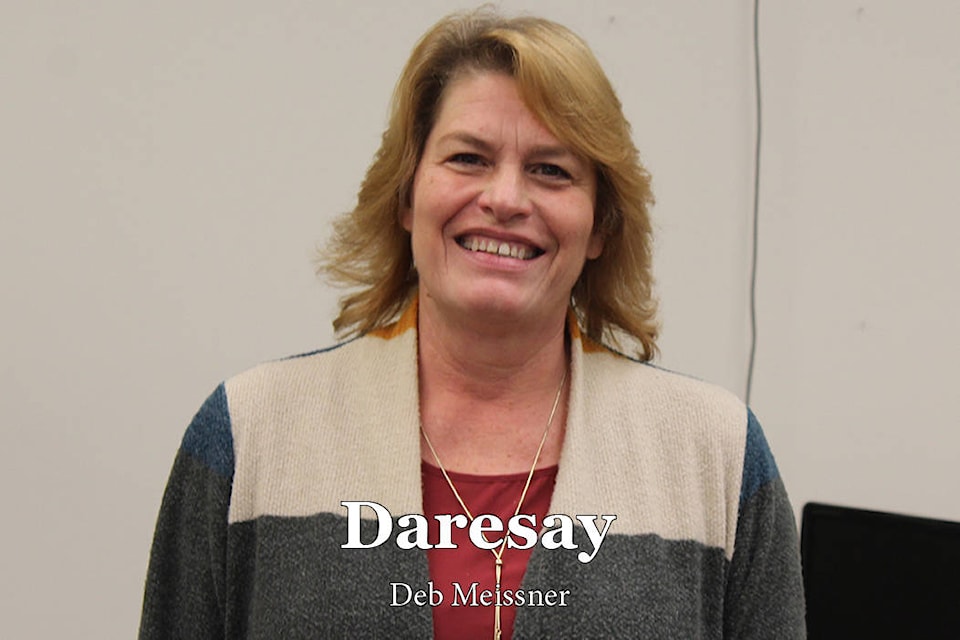After a recent trip to the store, I stood in my kitchen looking at all the packaging used to wrap my groceries, and I worry more now than ever about what we are doing to our environment and to ourselves.
Yes, there is recycling, but are all of the multiple layers of packaging really necessary? One item I unwrapped had plastic outside, cardboard inside, with more plastic that was vacuum wrapped around my food item. Good grief.
This brought to mind an article I read lately on microplastics and how scientists have actually detected them in human blood recently. What are the health repercussions of such a thing? Can microplastics clog our arteries? Can we pass them to our babies through breast milk?
If we eat fish with microplastics in them, because we have polluted our oceans with plastics, then everything else in the food chain has them too. What will be the effects of all this, if we cannot turn this around?
Plastics were touted as the “miracle material” when I was young. It is stable, durable and affordable. Now everything from coffee makers to mechanical parts are made of plastics.
Plastics, microplastics, and nanoplastics are even in make ups, shampoos, our fleecy clothes, our coffee (from those plastic coffee makers), bottled water and we even eat it in food microwaved in plastic containers.
It’s so pervasive we each eat the equivalent of a credit card of microplastics a week. Now that little tidbit of information blew my mind, and scared me at the same time.
What are we doing? As a human race we are producing over 400 million tonnes of plastic globally a year. Much of that ends up in dump yards and accumulates in bodies of water.
While macro plastics remain a visible problem, microplastics, and even smaller nanoplastics which are generated through physical, biological and chemical actions on plastics are emerging as serious health hazards.
Scientists say plastic particles can reach our stomach, and depending on their size, these plastics are either excreted, get entrapped in the stomach and intestinal lining or move freely in body fluids such as blood, thereby reaching various organs and tissues in the body.
I for one am getting my glass percolator back out for my coffee. No more pods, convenient as they are.
As for all the packaging that comes with everything, recycle it.
On the plastics problem, I am happy to say, the people of B.C. may have the right idea, as last summer there was the largest coastal marine debris cleanup in B.C.’s history. Small ship tour operators, in partnership with with Indigenous nations and local communities, led efforts that removed more than 127 tonnes of marine debris and plastics from the central coast and Queen Charlotte Sound over a six-week period.
Maybe that is the solution, people and communities working together to remove the crap we put there. All of us need to help.
There is a Clean Coast, Clean Waters Initiative that is underway in B.C. and this gives me hope.
With 40 per cent of plastic only being used once we need to do something, and fast, to make sure our children and grandchildren have clean water and food to eat.
If I can drag my own husband into recycling, and seeing the need for it, you can do it too.
As for all of the ridiculous amounts of packaging, we need to pressure manufacturers to find a better way.
We are smart people, we have smart kids in the workforce, we collectively should be able to come up with solutions so that I don’t have a pile of cardboard and plastics on my kitchen floor every time I get groceries, and you don’t either.
Use reusable bags, buy bulk, visit Re-Jar for shampoos and all kind of products she has, it all makes a difference if you try.
